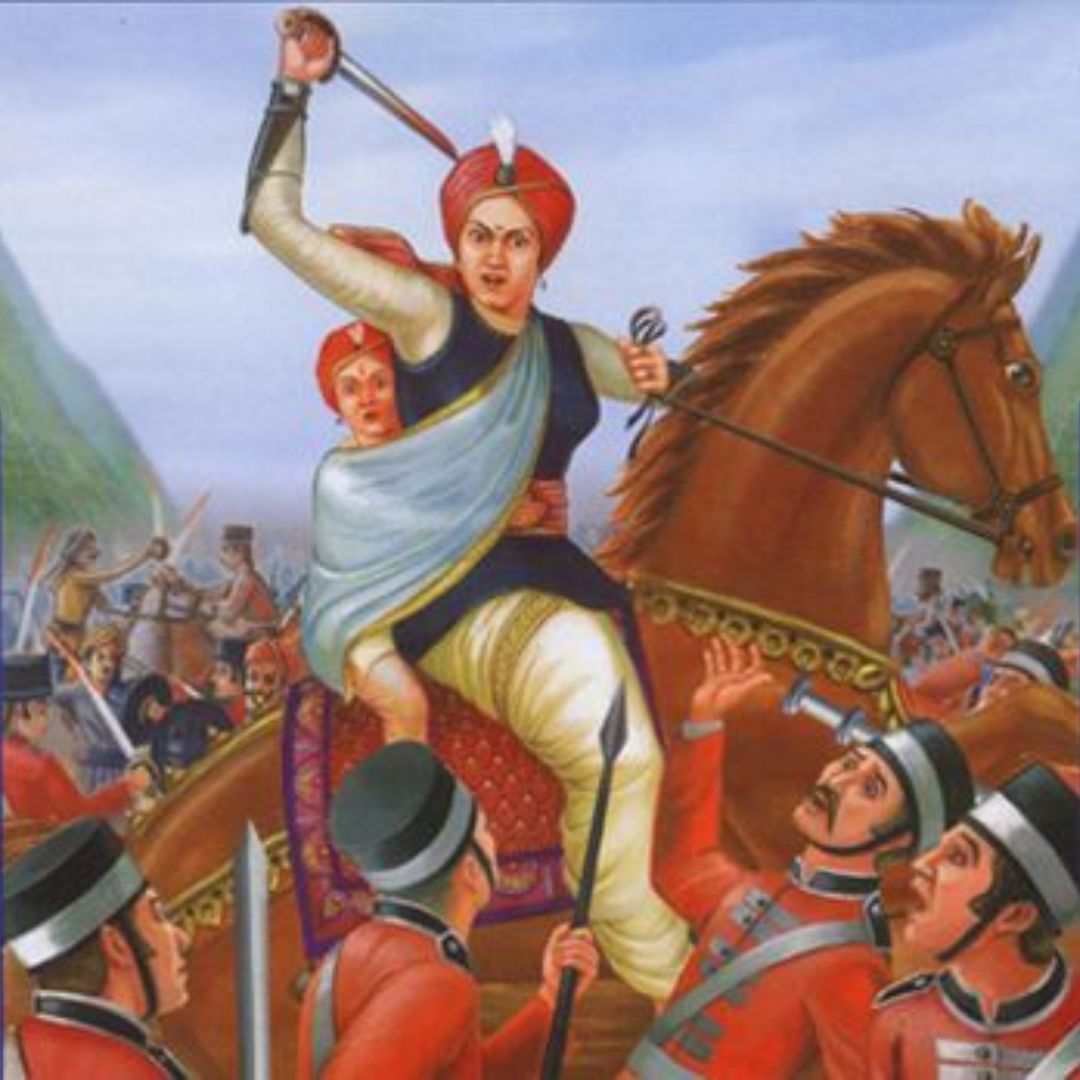
Image Credits: WikiBio
What Happened To The Adopted Son Of Rani Laxmi Bai After She Achieved Martyrdom?
Writer: Tashafi Nazir
For most people, journalism sounds hectic and chaotic. For her, it's a passion she has been chasing for years. With an extensive media background, Tashafi believes in putting efforts on presenting a simple incident in the most interesting way.
India, 18 Jun 2022 12:14 PM GMT
Editor : Shiva Chaudhary |
A post-graduate in Journalism and Mass Communication with relevant skills, specialising in content editing & writing. I believe in the precise dissemination of information based on facts to the public.
Creatives : Tashafi Nazir
For most people, journalism sounds hectic and chaotic. For her, it's a passion she has been chasing for years. With an extensive media background, Tashafi believes in putting efforts on presenting a simple incident in the most interesting way.
'Jhansi ki Rani' had a son Damodar Rao, who died within four months of his birth. Following the infant's death, her husband adopted a cousin's child Anand Rao, who was renamed Damodar Rao a day before Maharaja's death.
Every year, June 18 is observed as the death anniversary of Rani Laxmi Bai, popularly known as Jhansi ki Rani. Known for her bravery, courage, and aptitude, Laxmi Bai, born Manikarnika Tambe, led a ferocious battle against the British rulers and is regarded as one of the leading figures of India's rebellion against the British in 1857.
A multi-talented being, she was trained in various fields, such as shooting, horse-riding, writing and fencing. In May 1842, she got married to Maharaja of Jhansi Gangadhar Rao Newalkar, following which her name was changed to Laxmi Bai.
The 'Jhansi ki Rani' had a son Damodar Rao, who died within four months of his birth. Following the infant's death, her husband adopted a cousin's child Anand Rao, who was renamed Damodar Rao a day before Maharaja's death.
Lord Dalhousie, the British governor-general of India, refused to recognise the adopted heir and annexed Jhansi in accordance with the doctrine of lapse. In 1854, Dalhousie announced an annual pension of Rs 60,000 and asked her to leave the Jhansi fort. But the Rani was determined not to give up Jhansi at any cost.
Strapped Her Son On Back While Fighting British Army
Sensing that war was the only option, the resilient gathered an army and women were trained for warfare. When the British army reached Jhansi, Rani Laxmi Bai strapped her son Damodar Rao on her back and led the charge. Holding two swords in both hands, the queen did not give in and killed several enemy soldiers on her way to the fortress of Kalpi.
The queen attained martyrdom while fighting a squadron of the 8th Hussars under Captain Heneage, on June 18, 1858, in Kotah-ki-Serai near the Phool Bagh of Gwalior. After the death of his mother, Damodar survived the battle and lived in dire poverty with his mentors in the jungle.
Damodar Rao Lived In Forests After Mother's Death
As per a memoir purporting to be by Damodar Rao, he was among his mother's troops and household at the battle of Gwalior, together with others who had survived the battle. He fled from the camp of Rao Sahib of Bithur and as the village people of Bundelkhand dared not aid them for fear of reprisals from the British, they were forced to live in the forest and suffer many privations.
According to Wikipedia, he had taken asylum in Jhalrapatan when due to the help of some old confidants, he met Raja Pratapsinh of Jhalarpatan. One of the guardians of Damodar Rao requested the British political officer, Flink, to forgive him. He was sent to Indore after he surrendered to the British. Here, Sir Richard Shakespeare, the local political agent, placed him under the guardianship of a Kashmiri teacher, Munshi Dharmanarayan, to teach him Urdu, English and Marathi. Damodar was allowed to keep only seven followers (all others had to leave) and was allotted an annual pension of ₹10,000.
He settled down at Indore and married. His first wife died shortly afterwards and he married again into the Shivre family. In 1904, he had a son named Lakshman Rao. Later, after the end of the Company rule in India, he also petitioned British Raj for recognition but was refused to be recognised as a legal heir. Damodar Rao died on May 28, 1906, survived by his son Lakshman Rao.
 All section
All section














